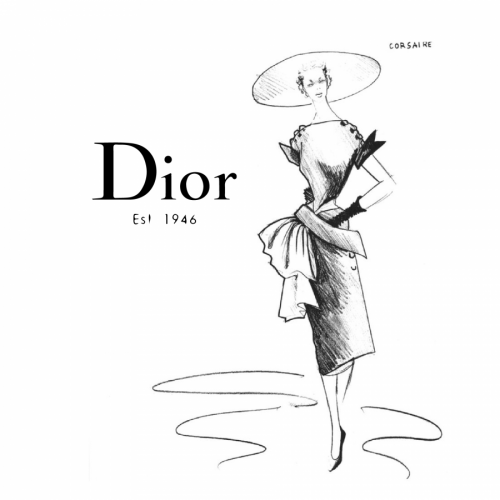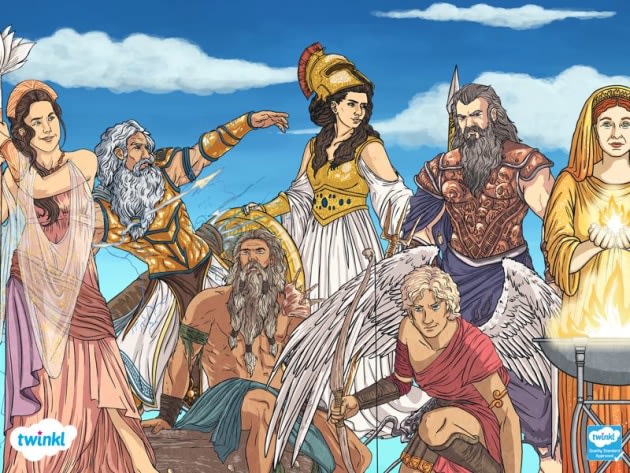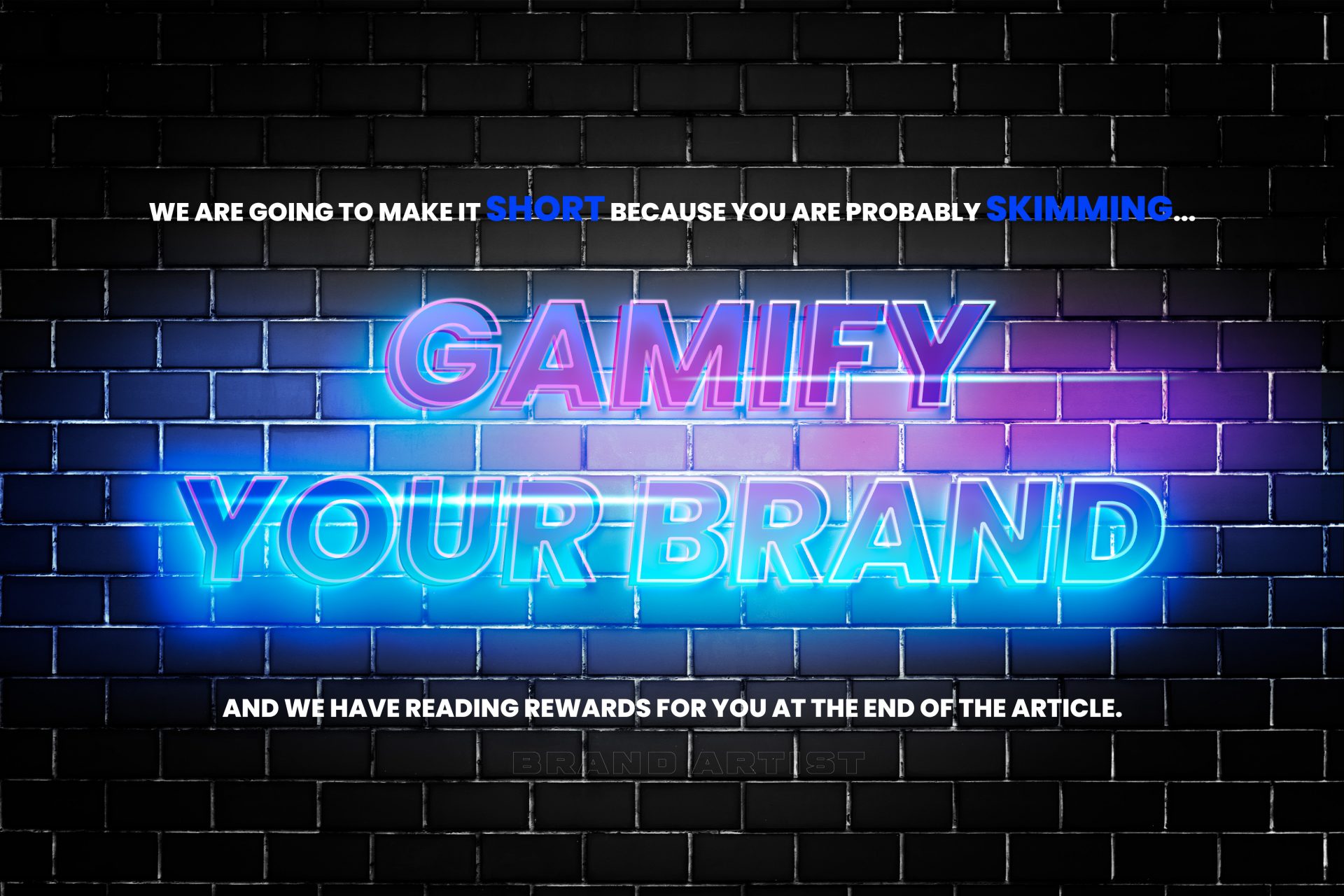History is not widely considered an easy subject. Memorizing important events, places, people and significant numbers is crucial yet tricky for those who want to pass school exams. If history is put in a more personal context or taken with pure exploration and appreciation motivations, it will open doors to the very start and development chains of one’s origins.
Nostalgia – derived from nostos (return to one’s native land) and algos (pain or distress) is a Greek- originated term invented by Johannes Hofer of Basel to describe “a sentimentality for the past typically for a period or place with happy personal associations”. Respectively, nostalgia marketing is a technique to “create positive emotions & feelings by using familiar ingredients to associate a brand with something for which customers have fond memories”. While the majority are very keen on injecting nostalgia in brand anniversary campaigns; what is more surprising is strategically turning heritage into a long-term competitive advantage or leveraging vintage-inspired and retro waves in brand development can not only help strengthen the bonds of loyal fans, regain interests of lapsed users, revive a dying brand but also expand your portfolios to new communities.
-
ON TIME: IS THE OLDER THE BETTER?
A brand with heritage which occasionally celebrates its historic events is of no exception to cherish its milestones of achievement in marketing campaigns. Despite the pandemic, Lego’s recent 90th anniversary celebrated its “World of Play” in a nine-week campaign covering holistic activities from digital activation, social media amplification collaborating with Alicia Keys, Yotam Ottolenghi and Peggy Gou, etc. to the exclusive release of classic 90th anniversary Lego set. In fact, 10th of August is named “World Play Day” by the Danish Toy company, possibly aiming at a build-up on the global brand campaign “Rebuild the World” launched in 2019.

More and more marketers and company leaders have leveraged brand anniversaries as a powerful tool to engage both internally and externally. There are no fixed rules of celebrating anniversaries at scale every year or “how old is old” for a brand to be proud of. Practices recorded easy-to-resonate milestones to go big at the pace of every 05 years. However, do not hesitate to throw a nostalgia feast with your internal team if you are under 5 or not at big milestones per the above definition. A short documentary film, old photos, minigames, or just simple thank-you notes to company employees never go out-of-style to build trust and loyalty.
Possessing a heritage brand, though younger in age, projectively guarantees a golden formula of success. For decades, luxury brands have been championing themselves through narratives of their history to market products. If you are a fan of Channel, you probably will love to start the conversation with “Little Black Dress” – a statement of liberation for “black” to become the representative color of wealthy and classy women. This iconic fashion item was also recreated by Dior in “New Look” with a sexier interpretation, earning Dior “a number of prominent clients from Hollywood, the United States, and the European aristocracy”. Including “the historic technical and cultural stories of how the brand and products uniquely were created and evolved” in the brand positioning statement, product innovation and communication strategies is of top priority for the brand owner and builder. Imagine being the Marketing or Brand Director of Piaget, how would you craft the story?

Fashion, music and film are innately cyclical. The popular vintage-inspired wave at the moment has been centering around the late 80s and 90s. The Women Fall Winter Ready-to-Wear Collection 2021 of Dolce & Gabbana, the classic tracklist of Guardian of The Galaxy 3, Child of the 90s and many other showcases are how retro elements were integrated and reinvented to create “time-traveling” magics to Gen Y consumers. It was discovered that “a reminiscence bump typically occurs between the period of 10 to 30 years old” and the most memorable things tend to happen in the time frame of 15 to 25 years old where we majorly form our core identities and experience critical early adult life events. Applying the 15-25 rule gets us the clear answer on how Millennials love 90s throwbacks.

The tricky part of “proud to be old enough” is not the age but the ability to showcase how much you have grown through time. Being antiques for a fast-moving consumer brand may make it fall down the rabbit hole. Let us see the possibilities of how the so-called “Toad” fan can make a step up in their products.

-
ON SENSE: ART IS SUPPOSED TO MAKE YOU FEEL
In our previous article on multi-sensorial brand experience, we have introduced the concept of sensory marketing and how to create micro-attractions. Leveling up from the fundamentals, scents are found to be the best nostalgia trigger. According to scientific research by the Department of Psychology Panteion, University of Social and Political Sciences, Athens, Greece; “among childhood-induced scents, bubblegum was considered the most familiar but also the most nostalgic, eliciting higher self-esteem, social connection, optimism, and inspiration”. The scented memories can transport your mind back to “a breezy summer on the beach where you first had your vacation with your family” or “the first date” which may be created from the mixture of cherry liqueur and rose oils. Perfume brands have been mastering retro techniques in developing products and crafting product stories. The new perfume players probably should learn to maximize their chances by presenting a pitch for the past (of course with proper credits for the inspirers), following success examples and smartly adding their points of difference. Watch-out: Don’t be a copycat.

“Most of our childhood is stored not in photos, but in certain biscuits, lights of day, smells, textures of carpet.” Alain de Botton, Twitter (2014)
How many times did you romanticize the past by indulging yourself in songs of the old days or rewatching old movies? Prepare your brand tracklists to ensure a safe landing for your consumers because music ranks top among nostalgia triggers. Given the rise of daily music and video-on-demand (VOD) consumption, brands should consider pushing their creative works beyond commercial standards and reaching out for more retro-themed content sponsorships and current artists’ collabs. Reincarnations of great art masterpieces are absolutely superb as in the case of Cartier.

Do you love the recreation from Dali’s “Melting Clock” by Cartier?
Do plan for a brand museum or at least an exhibition. Will you be more thrilled to discover your lovely M&M celebrating its 75 years as you tear out the pack than to see collective boxes of memories unwrapped through multiple experiences? For more references, you can choose to be either a vintage chic or digital native.

M&M 75 years Celebration Pack
The weirdest and boldest retro innovation idea from Coke house might be Coca-Cola Byte. Who would like to taste the tiny little pixels in retro video games? Net out the flavor testimonials, the brand did give a throwback to the future in a sense that fantasized both 90s gamers and metaverse citizens. A similar “Back to the future” strategy has been witnessed in Vinamilk’s Rebranding Campaign. Visual provocations through the old-new mix have transformed the brand image into a much bolder and more ambitious category leader.

Coca-Cola Pixel (2022)
-
ON TREND: FUSION OF OLD AND NEW
The ultimate tip for nostalgia design, besides heritage-based story-telling, is perhaps to maximize big occasions when people already feel nostalgic. One of the masters calls out the name of Coca-Cola which for years has successfully debuted as a brand of Christmas, ingeniously stealing Santa Claus. In countries where Christmas is not that big, the same strategies have been extended to local festivals such as Lunar New Year Celebrations or Moon Festivals when gatherings and reunions are key themes. Should we bet on how big beverage brands may go this year and how many beautiful “Old made new” stories are going to be told? Guess the Coke house will not go too far from its #BringHomeTheMagicofTET.

Coke’s Santa Claus character born in 1931 evolved as the brand’s classic icon
Tagging on the right occasions is a smart and easy choice to generate media fevers. Additionally, brands can stretch their portfolios via “marrying” the old and the new in product design. Back in 2013-2014, the case of Flappy Bird was a spike among the game community. It was hard to judge the “creation” solely by its imitation level vs. the 80s-90s Legend “Super Mario” which its father claimed to get most of his user interface (UI) inspirations from. The smart twists were the main character- yellow bird that gave a modern vibe and the “stressful addiction-driven reward” mechanism. The bird’s world and the mushroom kingdom might be look-alikes at a glance yet the whole interaction design (UX) was oppositely different. A more “loveable” and outstanding retro brand innovation showcase is Lego Pacman. The yellow “Paku Paku” was originally inspired by the signature color of Lego and is now “immortalized” in the brick world. This old-school fun reincarnation set a great example of how we can treasure from our past without losing the sense of the present.

Lego Pacman Arcade Set (2023)
Be careful about where and how you want to drive your consumers retrospectively. Before its rebranding hit in 2021, Burger King had creeped its customers away with its weird humanized king mascot evolving from the child-friendly cartoon character originated in 1955. Given the huge talkability generated by the retro’s efforts, sales did not yield positively for the brand. Perhaps, “old-fashioned” sarcasm marketing did not work for Burger King.
-
ON COMMUNITY: WINNING THE ONES
Be strategic on who you target and make sure that your offers are special enough. Do not fall into the “one fit all” trap or dig into negative zones because good memories are priceless whereas bad ones are nightmares. Likewise, relying too much on the old formulas of success without upgrades can also be risky. In reverse, incepting for the past of “a new future” may astonishingly be a genius technique if a cultural reset is expected.
One recommendation as your brands bring back a classic product is to limit the quantity and market availability so long as your manufacturing flexibility is in hands. Apart from the example of Coke Byte above, the 30th anniversary of Crystal Pepsi may blow your mind. The master demonstrated a contest inviting loyal Crystal Pepsi fans to #ShowUsYour90s and chances were only for 300 winners.

A file image dated March 24, 1994, shows a can of Crystal Pepsi and a bottle of Pepsi.
Burger King “Reclaim the Flame” Rebranding was a $400 million investment aiming at revitalizing the brand and regaining market share. The whole idea of “maximizing the brand’s classic visual cues” was to move away from the “artificial colors” of the current logo and at the same time bring back the “good old days” vibe. The executions were meticulously planned and amplified on mass media together with in-store refreshment, helping Burger King tackle its long struggles in customer experience consistency across the franchise network.

“You press the button, we do the rest” – Kodak was a true game-changer when it first introduced the “simple, box-shaped device pre-loaded with a 100-exposure roll of film” camera in 1888. Passing its golden age, the camera king and pioneer of digital cameras managed to survive in the era of digital “camera-enabled” devices. From its founder’s original vision of “making photography as simple as using a pencil” to its bankruptcy declaration in 2012, Kodak learned the failure lessons of “getting stuck in the past”. Heritage without bravery for innovations may be insufficient to grow the brand sustainably. The turnaround for Kodak in the compact camera market is perhaps “refocusing the efforts on high-end enthusiasts and professional cameras as an area where there is still money to be made and market share to be won”.

Nestle Coffee failed the tea market in its first attempt to penetrate Japan. The challenge was not the product quality or level of awareness the brand had to invest. Japanese people at that time were obsessed with tea and had no sense of coffee taste. It took the global giant decades to build a new cultural imprint of coffee by navigating to the new generations. “Caffeine-free”, “Coffee-flavored” desserts were then introduced to Japanese kids who would potentially consume coffee in the next 10 years. Eventually, Nestle transformed the tea culture to a “coffee taste-loving” wonderland. Today Japan has become one of the largest importers of coffee in the world and NesCafe enjoyed a lion’s share in the instant coffee market. Rationally, early seeds of joyful memories may result in strong advocates for brands in the future, just like the cases of Avatar, Disney Live Action, and many film remakes plus extended series that have been exploiting nostalgia for years.

Nostalgia campaigns, after all, are undeniably efficient in driving brand incrementals. But similar to many other marketing investments, they will need to be properly fueled instead of being just thematically appealing. Controversies have always swirled around how brands should prioritize their investment in innovations, communication, and media, massive trials, or trade and promotion activations to maximize ROI. If you are a true believer in authentic brand marketing, you may agree that regardless of business models, brands with clear visions, strong reasons-to-believe (RTB) in both technical and cultural aspects as well as consistency from messages to actions are fundamentally ready for build-ups. Take your time to “learn by heart” the above foundational three before jumping into the time machine and capitalizing retro investment.
NEXT TOPIC: FESTIVE BIG – A bet on seasonal campaigns (Official Release: 16.09.2023)
Disclaimer: This article belongs to “Brand Artist 101” created and sponsored by Nguyet Az. The content is designed for only personal learning, reference for free. Any commercial use is not allowed without our approval. Please contact us if you are interested in collaboration. Thank you & happy creation!
Reference: Kindly find in the above blue links.
Author: Nguyet Nguyen (Azurie)
Previous topic: Story 3 (Part 1): Brand innovation — Top winning secrets of game changers




